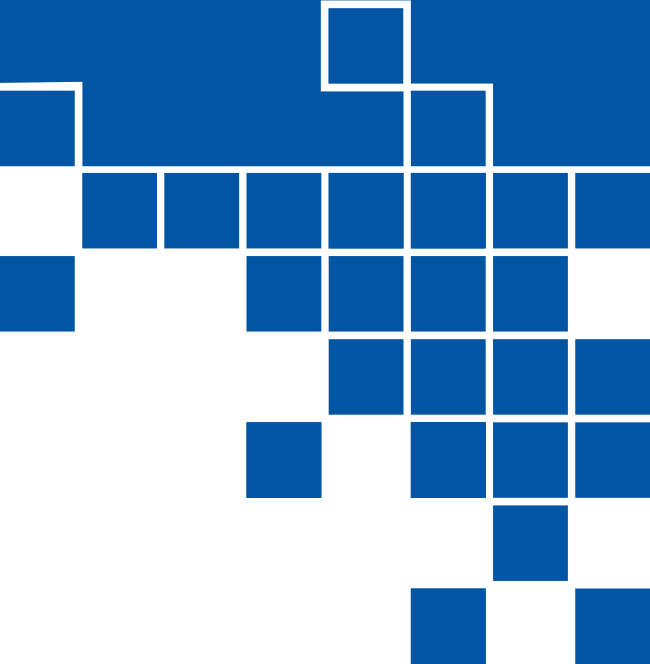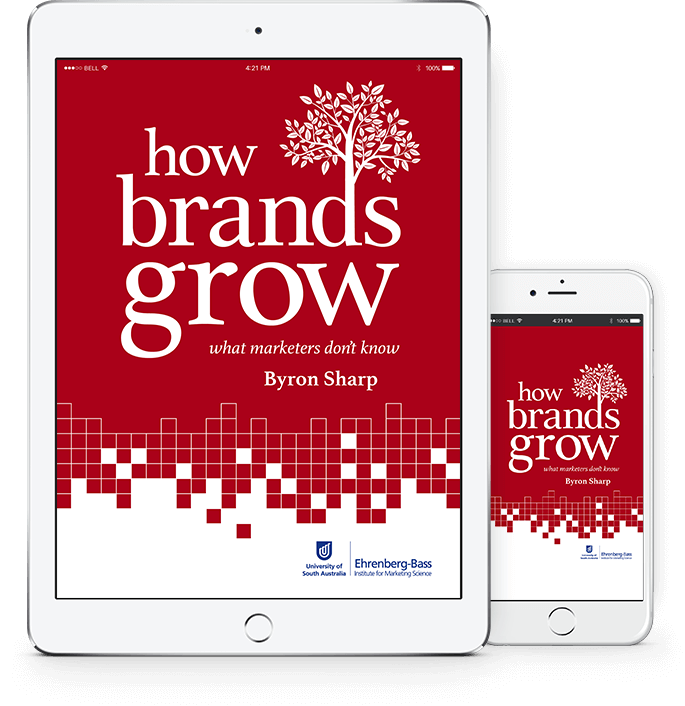How B2B Brands Grow
B2B REPORT
November 2023
Jenni Romaniuk, Byron Sharp, John Dawes and Sahar Faghidno
Bringing Ehrenberg-Bass Institute’s ideas and scientifically proven insights to the B2B marketing world in a comprehensive way, with specific B2B data. An introduction to the How B2B Brands Grow report from the LinkedIn B2B Institute Team: Afiya Addison, Jann Schwarz, Jennifer Shaw-Sweet, Jon Lombardo, Peter Weinberg, Rachel Abbe and Ty Heath.
Category Entry Points in a Business-to-Business (B2B) world
B2B REPORT
July 2022
Jenni Romaniuk
In B2B, as B2C, the evidence suggests the path to company growth requires building mental and physical availability . Mental Availability is about being easily thought of in buying situations, while Physical Availability is about being easy to buy. Category Entry Points (CEPs) are the cues that category buyers use to access their memories when faced with a buying situation and can include any internal cues (e.g., motives, emotions) and external cues (e.g., location, time of day) that affect any buying situation. While each category buyer and each buying situation is unique, there are common recurring themes which we call CEPs.
This paper explains why CEPs are important, as well as how to identify, prioritise and build CEPs. This paper also shows how to turn CEPs into Mental Availability Metrics to measure effectiveness over time.
Brand Rejection in B2B: Incidence,
Reasons and Implications
B2B REPORT
May 2021
Jenni Romaniuk
The Laws of Growth, such as Double Jeopardy, show us acquisition of new customers is essential to growing a B2B business. The next question is how does a B2B company acquire new customers? This paper investigates the extent to which the negative attitudes to buying a B2B brand (referred to as brand rejection) hamper B2B customer acquisition.
How do B2B brands compete?
B2B REPORT
May 2021
Jenni Romaniuk
This report looks at how customers buy across brands in B2B categories, and what this means for company growth. It shows how competition in B2B categories is largely defined by competitor share, which is known as the Duplication of Purchase (DoP) Law.
The Double Jeopardy Law in B2B
shows the way to grow
B2B REPORT
May 2021
Jenni Romaniuk, John Dawes, and Sahar Faghidno
In this Ehrenberg-Bass Institute report we provide evidence of Double Jeopardy in a wide range of B2B categories across different countries, category types, and loyalty metrics. We give you simple methods to test for Double Jeopardy in your own category. Then we highlight what this means for B2B marketers – what to do more of, and what to stop worrying about/wasting time on.
Advertising effectiveness and the 95-5 rule: most B2B buyers are not in the market right now
B2B REPORT
May 2021
John Dawes
It might surprise you to learn that up to 95% of business clients are not in the market for many goods and services at any one time. This is a deceptively simple fact, but it has a profound implication for advertising. It means that advertising mostly hits B2B buyers who aren’t going to buy anytime soon. And in turn, that tells us about how advertising works: it mainly works by building and refreshing memory links to the brand. These memory links activate when buyers do come into the market. So, if your advertising is better at building brand-relevant memories, your brand becomes more competitive. The question to ask is – does our advertising do that?





